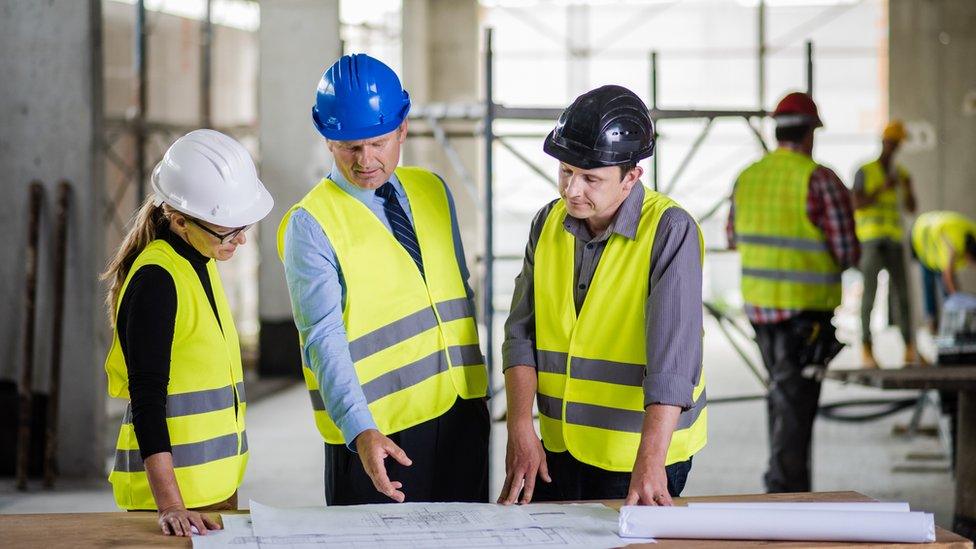Gender imbalance 'greater' in Highlands and Islands
- Published

An imbalance between women and men in jobs is "more pronounced" in the Highlands and Islands than across Scotland as a whole, says a new report.
The research has also suggested that the types of employment "often reflected traditional views" of what was "women's work" and "men's work".
Another finding of the study for Highlands and Islands Enterprise (HIE) was that women earned less than men.
This gender pay gap was wider than the average for Scotland.
The research by ekosgen into occupational segregation examined the situation in Argyll, Moray, Highlands, Shetland, Orkney and the Western Isles.
HIE published the study, external to mark this week's International Women's Day.
But the report has also flagged up issues for men. They were found to be attaining less higher level qualifications than women and were less likely to enter higher education.
'More sustainable communities'
The study has highlighted that employment rates for both men - 82.8% - and women - 75.3% - in the region exceeded the Scottish average.
However, employment levels were found to be higher among men than women, and the difference was more marked than for Scotland as a whole.
More men were holding senior positions with employers and dominated "traditional male" roles in industries such as construction, transport, fishing and manufacturing. They were also more likely to be working in sectors that were growing.
Women were found to be in jobs in public administration, health and education, hotels and restaurants and other services.
The report also suggested:
There are high levels of self-employment in the region, and this remains more prevalent amongst men - 12.6% versus 7.2% of women, although the gender gap has reduced over the last 10 years
Gender segregation in employment is an issue across most age groups in the Highlands and Islands, particularly those aged 50-64. The extent of segregation across each age group is greater regionally than in Scotland overall. The only exception is young people, 16 to 24-year-olds, where there are higher levels of employment among women than men. But the trend switches from 25 and over, suggesting that women become disengaged from the labour market as they get older
Women in the Highlands and Islands more likely than men to hold higher level qualifications, and men more likely to hold trade apprenticeships
Females have a higher level of school attainment than males and are more likely to enter "a positive post-school destination" - 93.7% compared to 92.6% of males

Men were found to dominate construction and manufacturing
The research said a range of factors were involved in creating the imbalance including "perpetuating stereotypes", "workplace practices and cultures" and "structural barriers such as availability of childcare".
A region-wide strategic approach to address the issue was needed, the report said.
Carroll Buxton, director of regional development at HIE, said: "There are numerous benefits to having an evenly-balanced workforce.
"It supports men and women to fulfil their potential. It helps employers make better use of talent. And it provides the conditions to support more sustainable communities.
"It is therefore a key priority for us to promote the business benefits of a gender-balanced workforce.
"To that end we must work with our partners in the public and private sectors to overcome the barriers and bring about equal participation by men and women across different job types or grades."